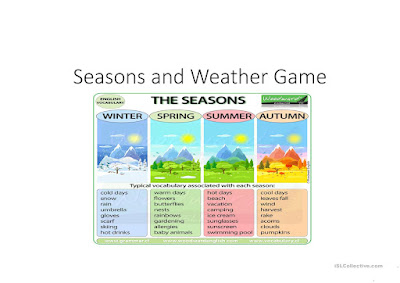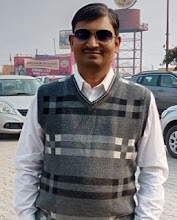GEO (VI)-LESSON-2
OCEANS AND
CONTINENTS
(LESSON NOTES)
______________________________________________________________
v INTRODUCTION
Ø The ocean is the vast reservoir of
Nature. The globe began with the ocean, so to speak, and who knows if it will
not end with it. The oceans cover almost seven tenth of territorial globe. In
this lesson we try to know about:
§
What are oceans and continents? What
are their names and their distribution?
§
In what ways do oceans and continents impact
life on Earth, including human life?
v EARTH SURFACE
Ø The earth surface is
covered many by two colors blue and brown that represent water and land part.
They are:-
§ BROWN
COLOUR- The large body of land is called a ‘landmasses, and a large
continuous expanse of land is called a ‘continent. Brown colour is represented
the land part on the Globe. It cover one forth part of the earth.
§ BLUE
COLOUR- The largest water bodies we see on the globe are called ‘oceans’.
They are represented by blue colour. These covers nearly three fourth part of
the Earth.
Ø











